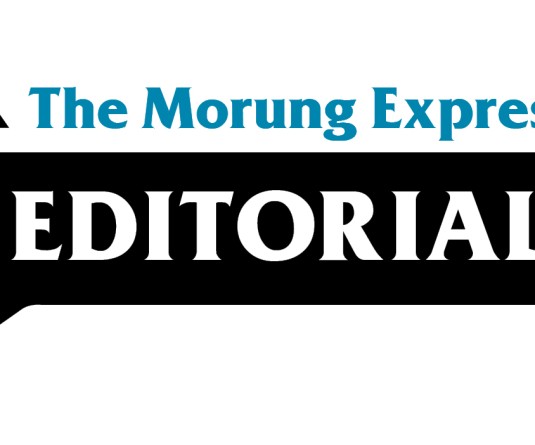
By - Moa Jamir
The recently released second edition of the North Eastern Region District Sustainable Development Goals (SDG) Index 2023-24 offers both encouragement and sobering lessons for Nagaland. There were commendable progress but persistent structural gaps also necessitate urgent attention from policymakers and stakeholders.
The Index assessed 121 districts across the North-East, including 11 from Nagaland. Nine of these attained ‘forerunner’ status, with Mokokchung, Kohima, and Dimapur securing top-10 positions. Two districts were categorised as ‘performers.’ The overall scores ranged from 63.3 to 78.43, indicating moderate success. Six other districts ranked around the mid-point, showing relatively better performance compared to the previous edition.
On a positive note, almost all districts fared competitively in the No Poverty target (SDG 1).In SDG 2 (Zero Hunger), most were ranked within the top 25. However, the state’s performance on SDG 5 (Gender Equality) and SDG 6 (Clean Water and Sanitation) was poor, underlining significant deficiencies in gender equity and essential services.
There were optimistic showings in SDG 11 (Sustainable Cities and Communities), SDG 12 (Responsible Consumption and Production), and SDG 13 (Climate Action).
However, but these should be read with caution with many indicators underpinning these rankings mask underlying systemic weaknesses that remain unaddressed.
On the other end, the health indicators under SDG 3 (Good Health and Well-being) present a troubling picture. While Longleng and Kiphire ranked 11th and 25th respectively, most districts, including Dimapur at a worrying 111th, were placed far below. Access to quality healthcare continues to be a challenge. Similarly, SDG 7 (Affordable and Clean Energy) exposed glaring shortfalls, with the majority of districts ranking in the lower half.
The performance under SDG 8 (Decent Work and Economic Growth) highlighted growing economic disparities. Dimapur and Kohima, ranked 5th and 6th respectively, were clear outliers, while the next best, Mokokchung, was far behind at 79th, exposing a narrow economic base and lack of widespread employment opportunities. SDG 9 (Industry, Innovation, and Infrastructure) was no better, with the best-performing district only reaching the 51st rank and three others trailing above 100.
In SDG 10 (Reduced Inequalities), rankings were negatively impacted non-inclusion of the delayed conduct of civic polls, held in 2024 after a gap of nearly two decades with 33% reservation for women. This imbalance may be corrected in future assessments, but the present figures reflect a governance lag. Under SDG 15 (Life on Land), Phek, Peren, and Kiphire led, but others ranked 65th or lower, with three in the bottom 20. Most concerning was the state’s poor showing in SDG 16 (Peace, Justice and Strong Institutions), where Dimapur’s top position was still only 72nd, and over half the districts were ranked above 100, indicating widespread governance deficits.
Beyond the rankings, the Index reveals troubling structural issues. No district achieved the target for complete antenatal care, and the healthcare workforce remains far below the benchmark of 45 professionals per 10,000 people. Child and maternal nutrition indicators are deeply concerning, and access to clean cooking fuel is critically low—only 11.8% in Longleng and 13% in Mon—pointing to ongoing dependence on firewood and traditional fuels.
Financial inclusion remains a major hurdle, with inadequate road infrastructure and digital connectivity compounding the problem. Civil registration and uptake of digital public services are also low. Only Kohima, Dimapur, Mokokchung, and Wokha districts met the Multidimensional Poverty Index (MPI) target of 12.43, while the rest lagged significantly behind.
Yet, the report also illustrates that change is possible. Kiphire, once ranked lowest in the 2021-22 baseline survey, showed marked improvement. Now placed at 98th, it surpassed Zunheboto and Tuensang, an outcome made possible perhaps by its status as an Aspirational District and targeted support.
The SDG Index is more than a scoreboard; it is both a reality check and an opportunity to advance through targeted policy action. Nagaland must choose the latter.
For any feedback, drop a line to jamir.moa@gmail.com



